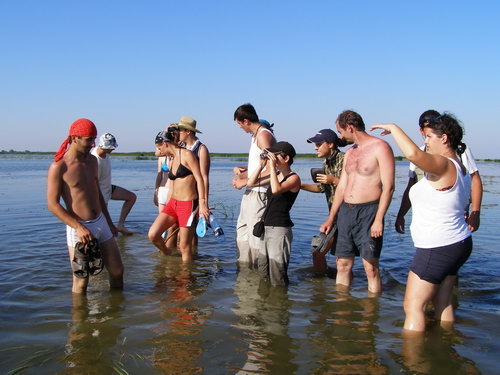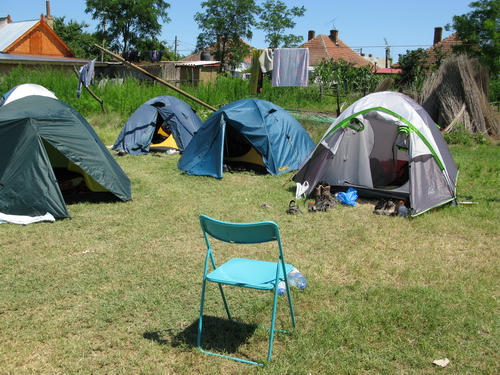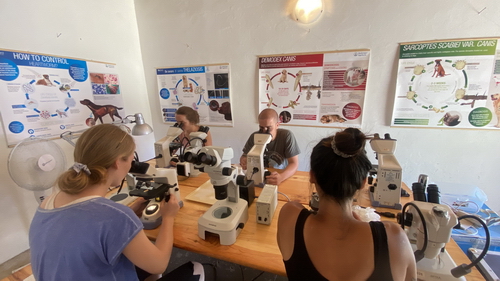About the Field Parasitology Summer Schools
To enroll in our summer school, please visit our registration page.

Short history
The Field Parasitology International Summer Schools (FIPARS) are organized since 2011 in Danube Delta Biosphere Reserve by a team of international academics from Romania and Czech Republic, with occasional invited guest scientists from various other countries (Italy, France, Spain). FIPARS continues the tradition of national summer schools in the same area, organized from 2004 until 2008. For a full archive of our previous summer schools please check here.
From 2011 until 2022, FIPARS was organized by a consortium of three universities: the University of Agricultural Sciences and Veterinary Medicine of Cluj-Napoca (Romania), The Veterinary and Pharmaceutical University of Brno (Czechia) and the Charles University from Prague (Czechia). Since 2023, consortium includes Parasitology Consultancy Group (Romania), The Czech University of Life Sciences in Prague (Czechia) and Charles University from Prague (Czechia). Occasionally, the University of Medicine and Pharmacy "Iuliu Hațieganu" of Cluj-Napoca (Romania) joins as co-organizer.
About the location
Danube Delta (Romanian: Delta Dunării) is the second largest (4,152 square km) and the best preserved delta in Europe. Its territory is a protected area (reserve, since 1938), and from 1998 it was established as a Biosphere Reserve. The reserve consists of an intricate network of channels, lakes, marshlands and lagoons, built between the three main branches of the Danube (Chilia, Sulina, and Sfântu Gheorghe) which eventually flow into the Black Sea. The area is well-known for its amazing biodiversity, being the most complex wetland habitat of Europe, with hundreds of species of vertebrates and thousands of species of invertebrates.
There are several villages in Danube Delta, most of them relying on a traditional lifestyle, with fishing, agriculture and tourism as a main sources of income. Most of these villages can be reached only by boats from the city of Tulcea. Chilia Veche (population 3606 inhabitants) was founded by the Greek Byzantines and was first documented in 1241 A.D. It is composed of four villages: Câșlița, Chilia Veche, Ostrovul Tătaru and Tatanir.


From 2004 to 2011 , the location of the our summer schools was in Sfântu Gheorghe, at the junction of Danube with the Black See. Since 2012, the event takes place annually (usually in July) in the traditional and remote village, Chilia Veche, on the Chilia branch of Danube, at the border of Romania with Ukraine.
Until 2023, the main site of the summer school was on Ostrovul Tătaru, a large island separated from the main village by the Tătaru channel and reachable only by boats or by the mobile bridge, crossing the channel. The facilities consisted of a field station, offering basic accommodation facilities (camping, kitchen, outdoor showers and latrines) and a lab equipped for field parasitology diagnostics. A recreational area (table tennis, pool billiard, swimming pool) together with dinning place for the evening is offered by Pensiunea Vital, a locally run touristic facility.
From 2024, the new location of the summer school is at the margin of the Chilia Veche Village (45.426302266731675, 29.299543551877516) in a traditional local lodge.
